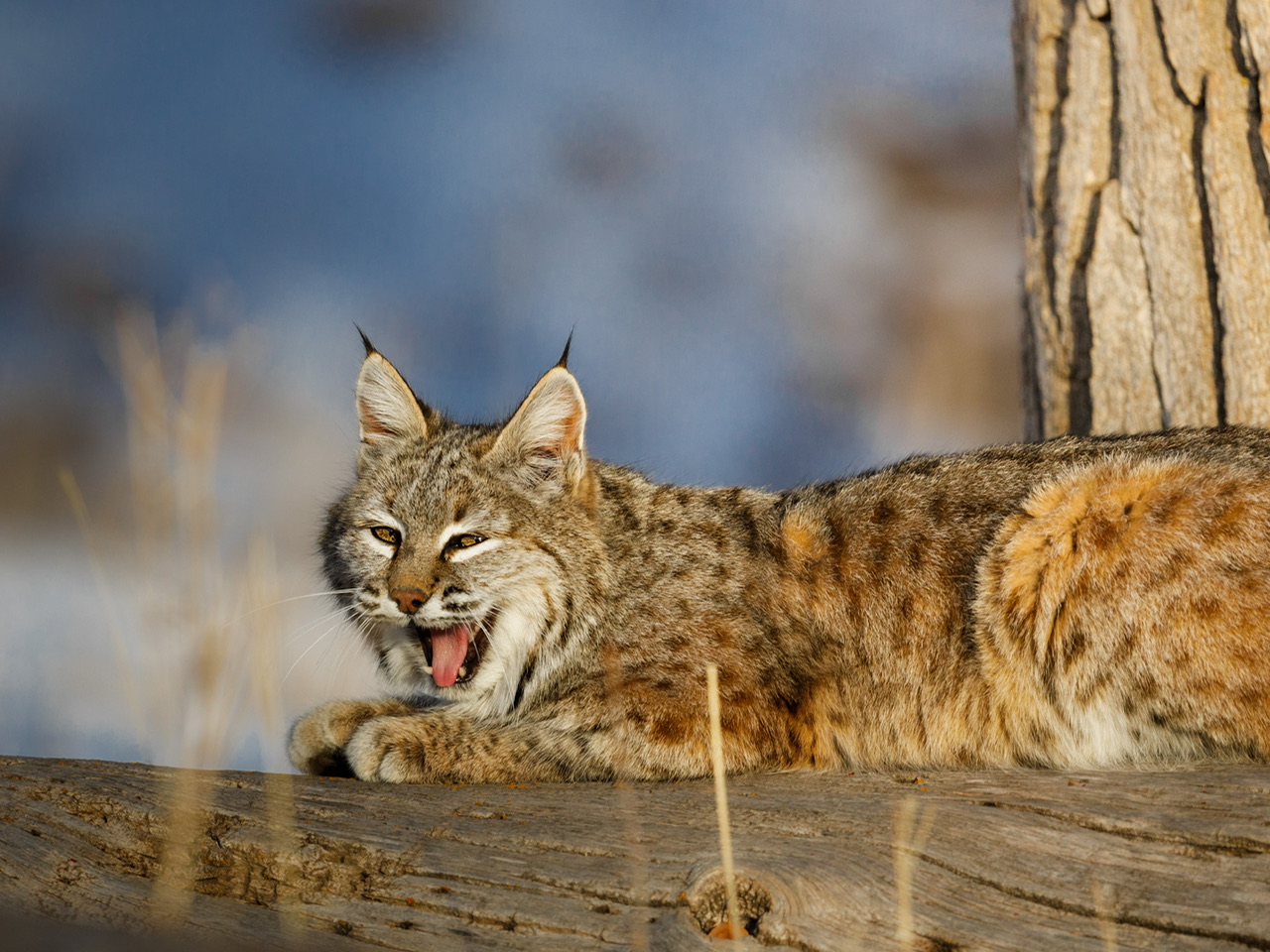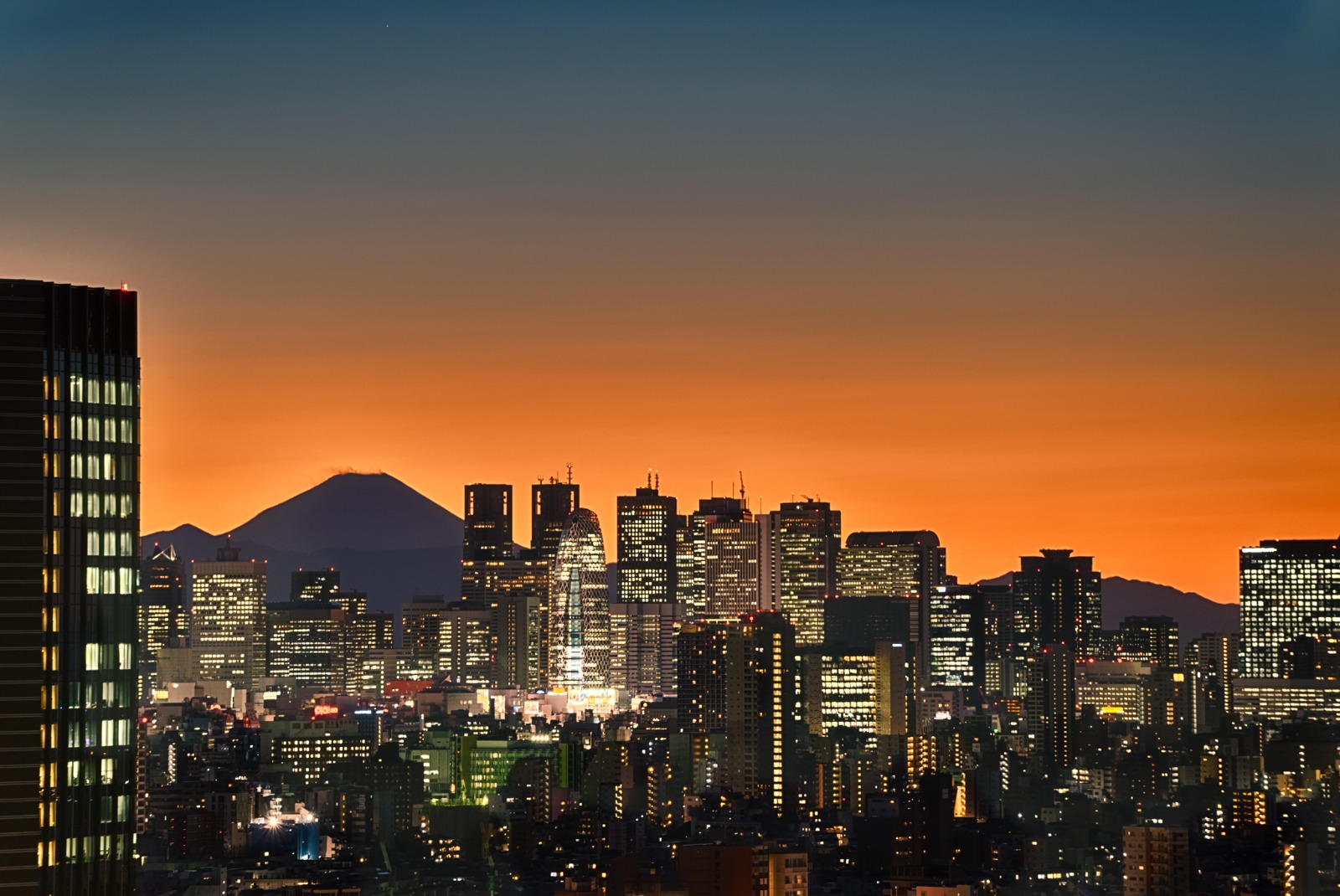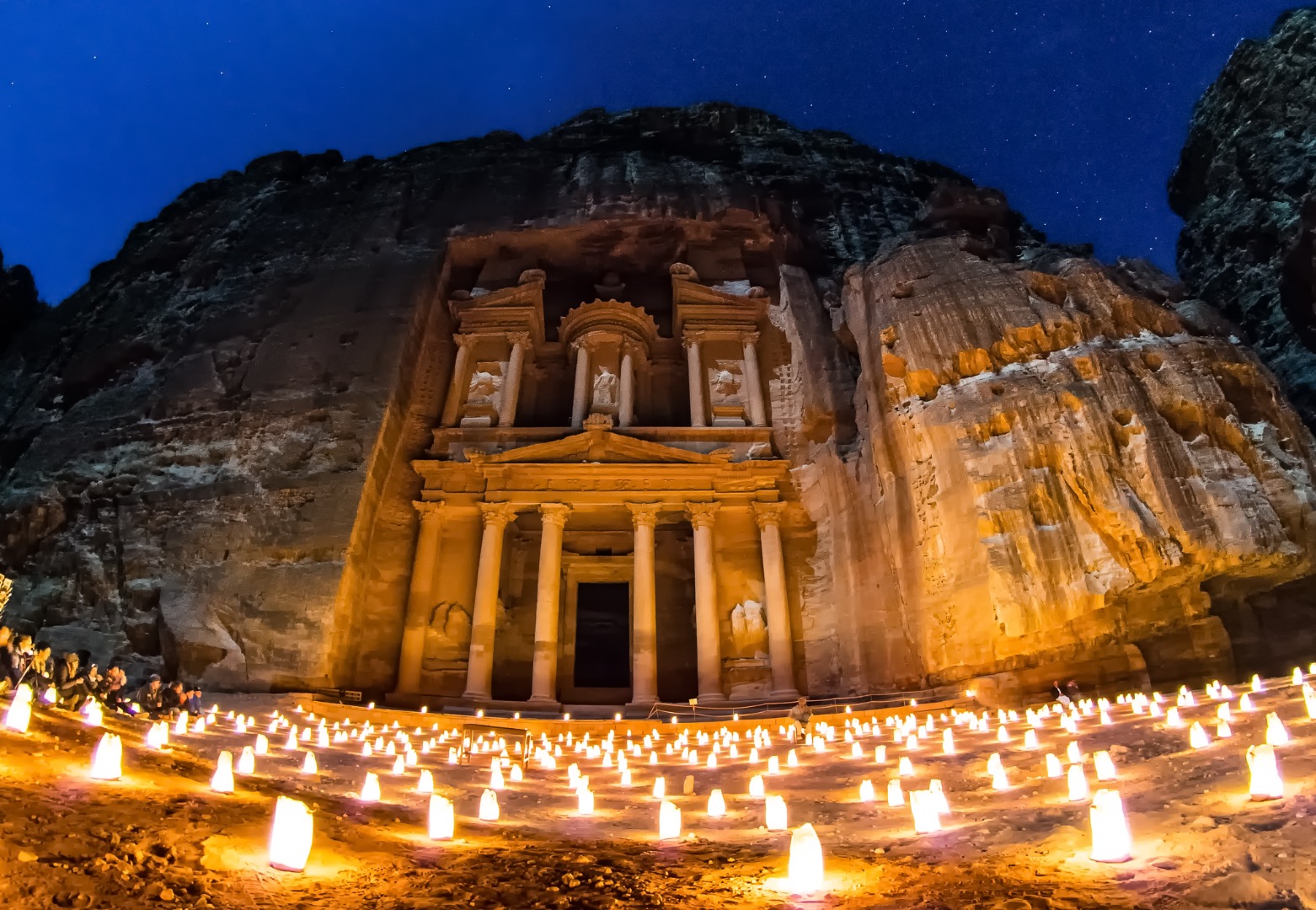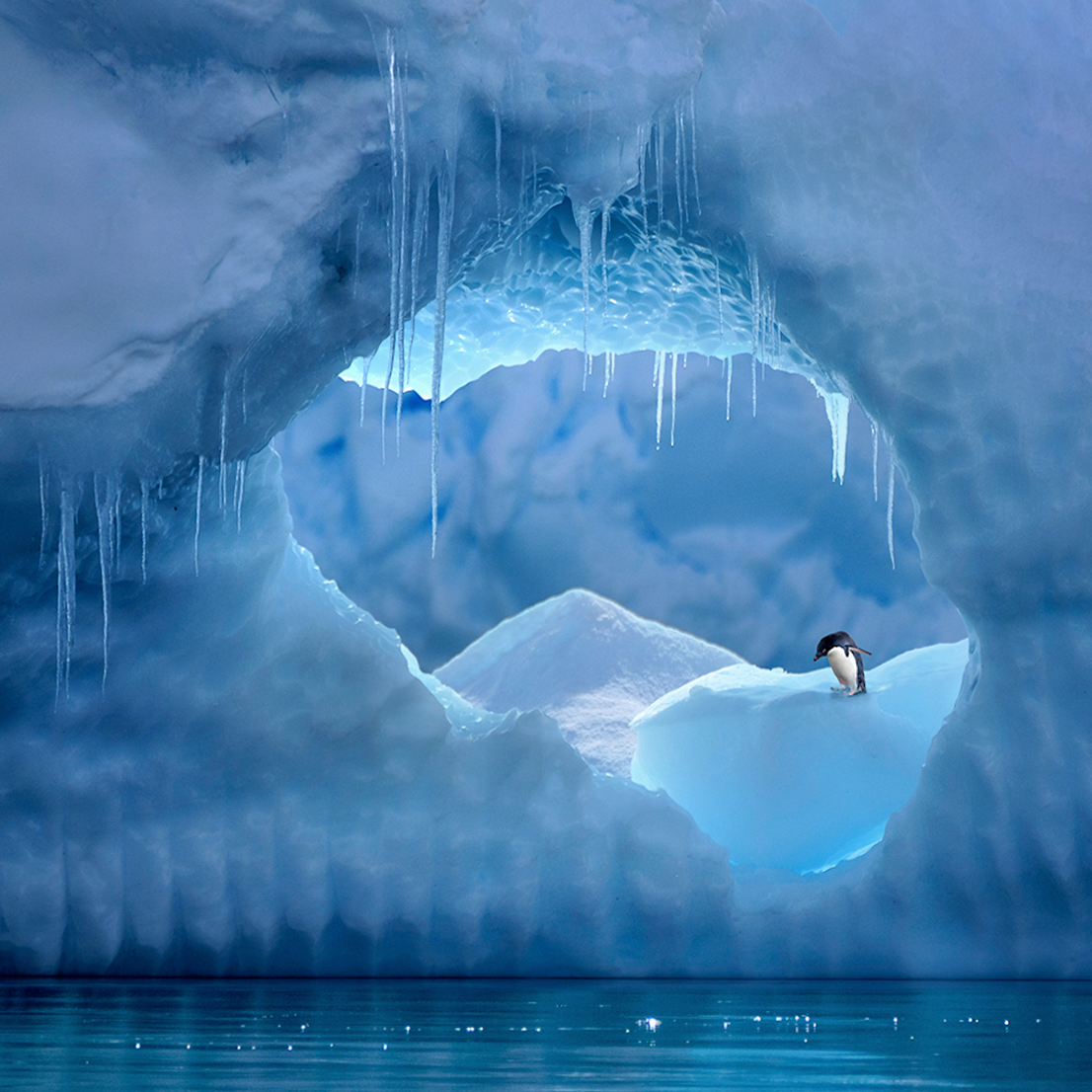In wildlife photography, vibrant hues and subtle tones often tell the story of nature’s magnificence. But for Chase Knight, a colorblind photographer, the story unfolds differently. Through his lens, textures, light, and raw emotion take center stage, offering a unique perspective on the wild.
What got you into photography?
Honestly, it started with a love for animals and a childhood fascination with taking pictures of them. I’ve always been drawn to the wild, but it wasn’t until Covid hit that I fully dove into photography. Everything slowed down, and nature became my escape. That’s when I realized this wasn’t just a hobby—it was a passion.
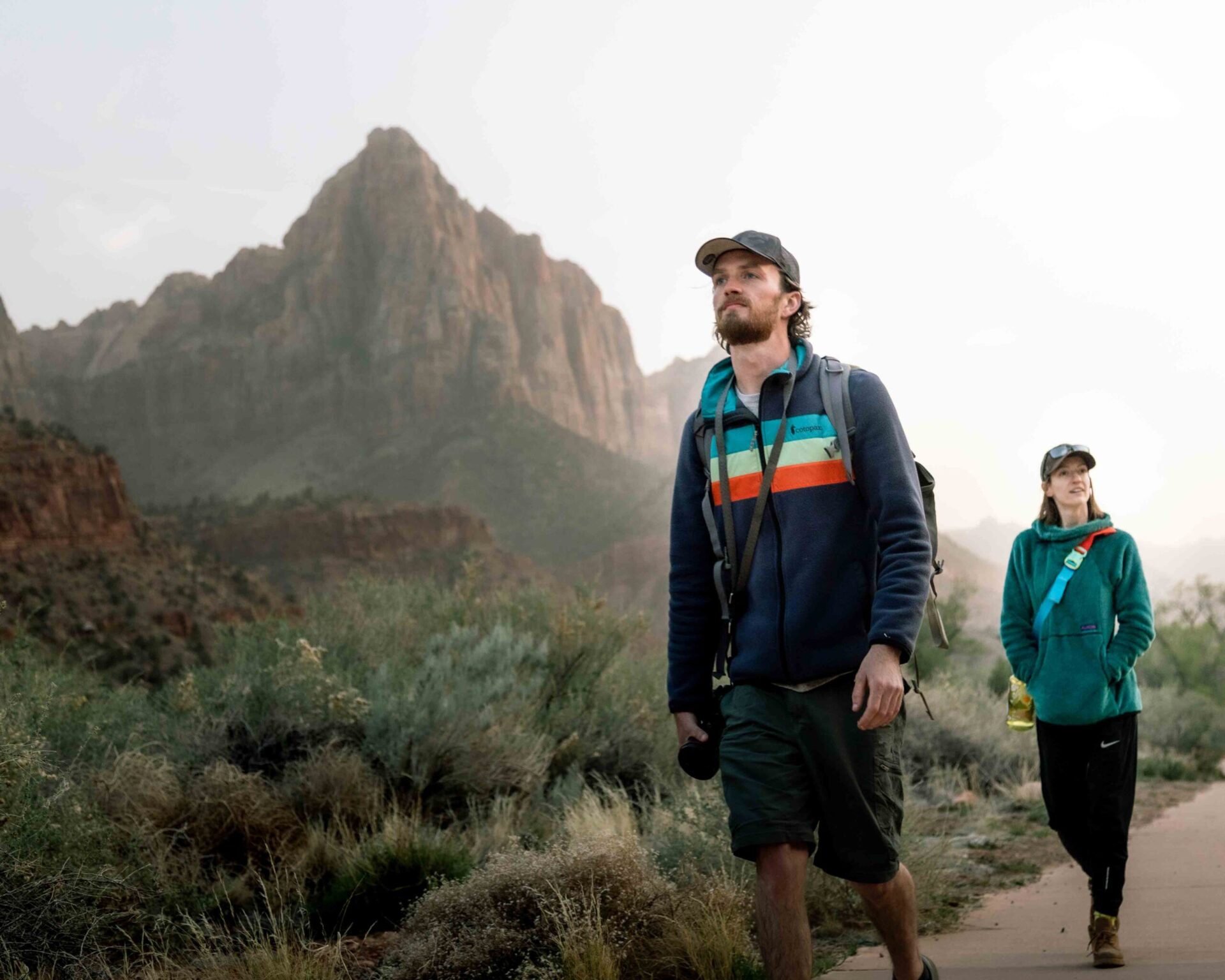
What does being colorblind mean for you?
For me, it’s not seeing certain colors or confusing them—reds and greens, for example, can be tricky. It’s like having a filter over my vision that changes the way I perceive the world. But it’s not all bad; it forces me to focus on things other than color, like contrast, texture, and light.
How does color blindness affect your photography?
It’s a challenge, sure, but it’s also a gift in some ways. Instead of relying on bold colors, I focus on the subject—the emotion in an animal’s eyes, the way light dances on their fur, or the intricate details in a scene. It’s about capturing the essence of the moment, not just the color.
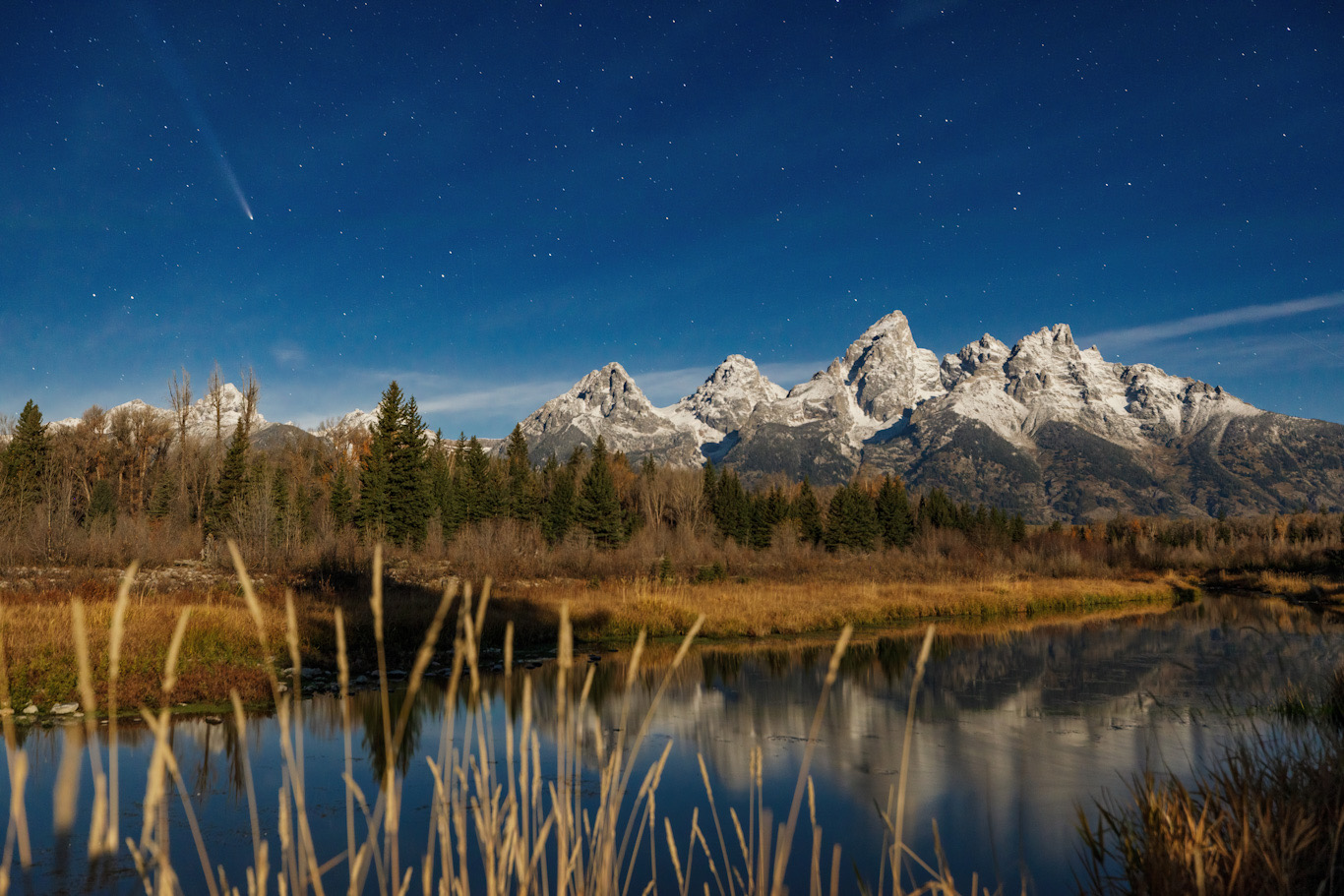
How do you see things differently from others?
I approach photography differently because I have to. The gear I use plays a big role—I choose cameras and lenses that enhance contrast and sharpness. And in the field, I rely on patterns, textures, and light. It’s less about the obvious and more about finding the beauty in what others might overlook.
What genres do you focus on, and where do you see yourself growing?
Wildlife photography is my heart and soul. I love capturing those fleeting, raw moments in nature. But I also want to branch out—maybe explore landscapes and portraits more deeply. Black-and-white photography is something I’m especially drawn to. It strips away color and brings out the emotion and detail in a way that feels true to how I see the world.
![]()
Does color blindness hold you back emotionally in your work?
Not at all. In fact, I think it enhances my storytelling. The emotional depth of a photograph isn’t about how vibrant the colors are—it’s about the connection it creates. If someone looks at my photo and feels something, that’s all that matters.
What challenges do you face in the field?
There are definitely moments of doubt, like wondering if I’ve captured the colors accurately. But I’ve learned to lean into my strengths. By focusing on the details and using my unique perspective, I’ve turned those challenges into opportunities.
![]()
How do you approach post-processing?
I keep it simple. My goal is to enhance the natural beauty of a photo without changing its essence. I’ll adjust contrast and bring out details, but I avoid messing with hues—I know my limits there. That’s where my wife and a few trusted friends come in. I always have them review my edits to ensure the colors are true to life. It’s a team effort, and I wouldn’t have it any other way.
Chase Knight’s story is a reminder that limitations can spark creativity. By embracing his unique perspective, he’s not just capturing images—he’s telling stories that connect viewers to the wild in unexpected and powerful ways.
Website: https://www.cknightphotography.com/
Instagram: @c.knightphotography
![]()



